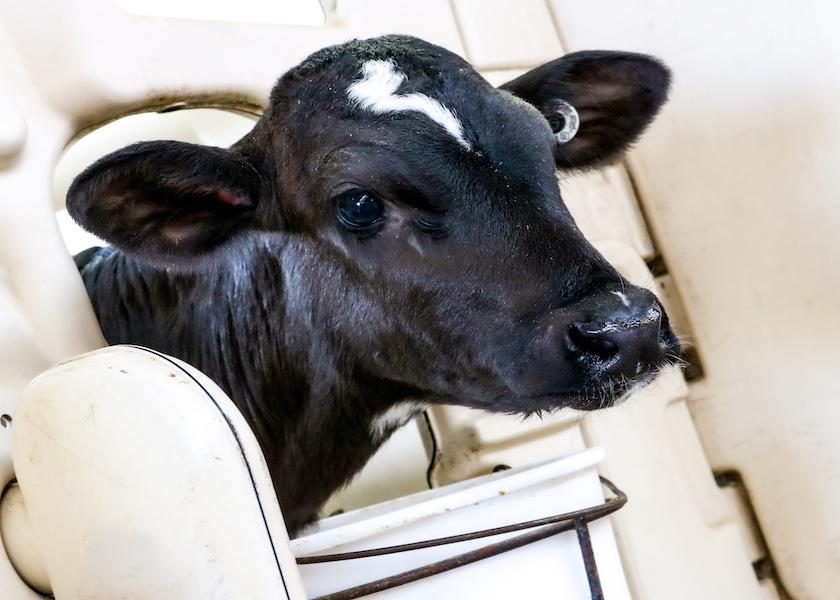The Old is New Again in Calf Management

Raising preweaned dairy calves may be coming full circle, according to Dr. Joao Costa, Associate Professor at the University of Vermont.
On a recent “Technology Tuesday” webinar hosted by Cornell University’s Pro-Dairy program, Costa noted new, precision dairy technology is allowing for calf care on a highly specified, individualized basis, similar to the way they were raised decades ago. The key is focusing in the individual animals, even when they are in large groups or in great quantity.
“As our farms have grown larger, many of our management processes became more group-resilient,” stated Costa. “But technology now makes it possible to monitor the behavior of each animal, and tailor some of the management to the individual.”
Examples he shared include:
- Pre-weaning nutrition – Costa recommended thinking of the milk-feeding period as two phases. “That first month of life, it doesn’t matter what we do – calves will not eat enough grain to support optimal growth,” he stated. “Milk is fundamental to the first 4 weeks.” Autofeeders or batch feeder can be programmed to deliver full-on milk diets in that timeframe (Costa recommended more than 8 l/calf/day), then trim the milk allowance in the next 4 weeks to encourage transition to starter grain.
- Health interventions – By detecting changes in calf behavior, activity monitors can predict illness like bovine respiratory disease up to 5 days before calves present clinical signs. When algorithms are set to specific parameters, intervention strategies can be automatically implemented if calves start exhibiting those early illness behaviors like reduced milk and grain intake; increased lying time; longer lying sessions; and lower step counts. Interventions might include delivery of electrolytes, colostrum replacer, a different protein source, sodium butyrate, or probiotics like lactase-utilizing bacteria. Costa said some feeding systems also can be programmed to support treated calves in their recovery by reverting to a full milk allowance after treatment if the calf was in the step-down-to-weaning phase.
- Weaning management – Rather than a set age, recent research is suggesting that feed consumption behavior should dictate when an individual animal should be weaned. Automated systems that can measure individual-calf grain consumption can ascertain when calves are ready to wean, which may vary considerably among animals of the same age.
Costa noted that the adoption of behavior technology in calves is advancing beyond data collection and now is focusing more on automatic implementation of supportive management. “Generating lists of animals is not enough for the farm personnel who already are too busy to deal with the data that is created,” he declared. “We’re now researching how adjustments can be made automatically, without reliance on human assistance. I think early intervention has crazy potential to ameliorate disease severity in our calf-raising systems.”
There also is considerable interest in using precision dairy technology to assess the personality of individual calves. Costa said it already has been proven that curious calves find starter grain sooner, eat more grain, have higher bodyweight gains, and experience fewer unrewarded visits to the milk feeder. It would make sense that those high-performing, aggressive eaters also would make the best lactating cows.
“We think technology-inclined calves will likely become technology-inclined cows,” said Costa. “We’re hoping to use the new tools we have available to identify the animals that are most prone to succeed in our new management systems.”







